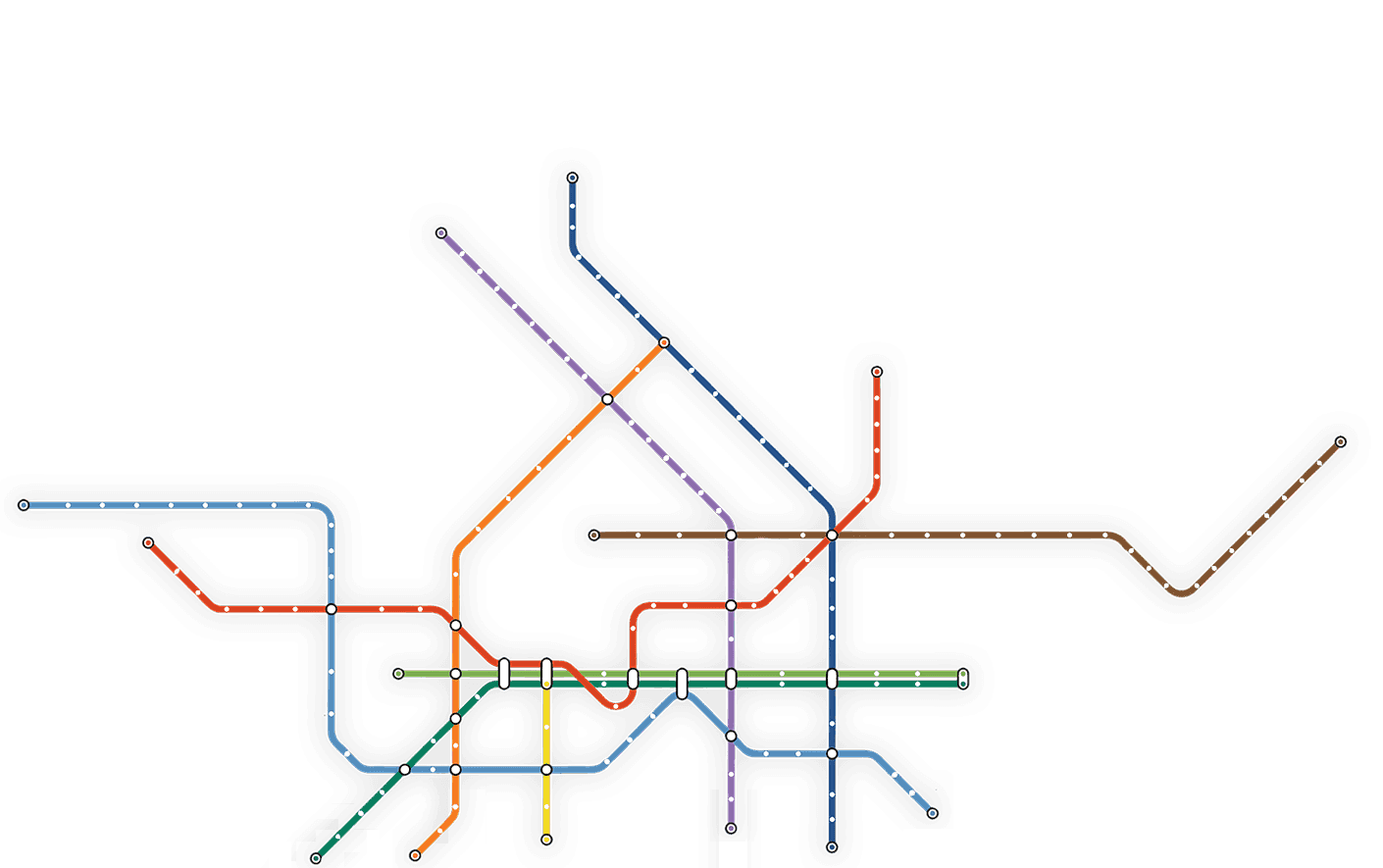
Is it der, die or das Schauplatz?
DER
Schauplatz
The correct article in German of Schauplatz is der. So it is der Schauplatz! (nominative case)
The word Schauplatz is masculine, therefore the correct article is der.
German declension of Schauplatz?
How does the declension of Schauplatz work in the nominative, accusative, dative and genitive cases? Here you can find all forms in the singular as well as in the plural:
| 1 | Singular | Plural |
|---|---|---|
| Nominative | der Schauplatz | die Schauplätze |
| Genitive | des Schauplatzes | der Schauplätze |
| Dative | dem Schauplatz dem Schauplatze | den Schauplätzen |
| Akkusative | den Schauplatz | die Schauplätze |
What is the meaning of Schauplatz in German?
Schauplatz is defined as:
[1] Place where something takes place or has taken place
[1] Ort, an dem etwas stattfindet oder stattgefunden hatHow to use Schauplatz in a sentence?
Example sentences in German using Schauplatz with translations in English.
[1] „Im Sommer ist dieser Teil des Heath an jedem Samstagabend Schauplatz von Konzerten mit wunderbar englischer Atmosphäre: Man sitzt auf Deckchairs oder auch auf Picknickdecken und lauscht bei einem Glas Champagner sehr gepflegt der meist klassischen Musik.“
[1] "In summer this part of the Heath is the scene of concerts with a wonderfully English atmosphere every Saturday evening: you sit on deckchairs or on picnic blankets and listen very well -groomed with a glass of champagne" The mostly classic music "[1] „Die Schauplätze und die Zeiten, um die es im Gespräch ging, wechselten oft, und doch blieb es beim Thema.“
[1] "The locations and the times that were discussed often changed, and yet it stayed with the topic"[1] „Der Norden Afrikas wird während des Zweiten Weltkriegs zum Schauplatz gewaltiger Schlachten zwischen der deutschen Wehrmacht und den angloamerikanischen Alliierten.“
[1] "The north of Africa becomes the scene of mighty battles between the German Wehrmacht and the Anglo -American Alliede" during the Second World War "[1] „Selbst als man keine Grabhügel mehr errichtete, dienten die alten Monumente nicht nur als Schauplatz von Spukerzählungen, sondern konnten ganz pragmatisch weiterbenutzt werden: Ein Grabhügel bei Skipsea im Osten des englischen Yorkshire, der aus der Zeit um 500 vor Christus stammt und stolze 85 m Durchmesser und 13 m in der Höhe maß, wurde von den Normannen 1500 Jahre später als Burgberg wiederverwertet.“
[1] “Even when no burial mounds were no longer built, the old monuments were not only used as the scene of sperm stories, but could also be used very pragmatically: a burial mound near Skipsea in the east of the English Yorkshire, which dates from around 500 BC and Proud 85 m diameter and 13 m in height, was recycled by the Normans 1500 years later as Burgberg "
